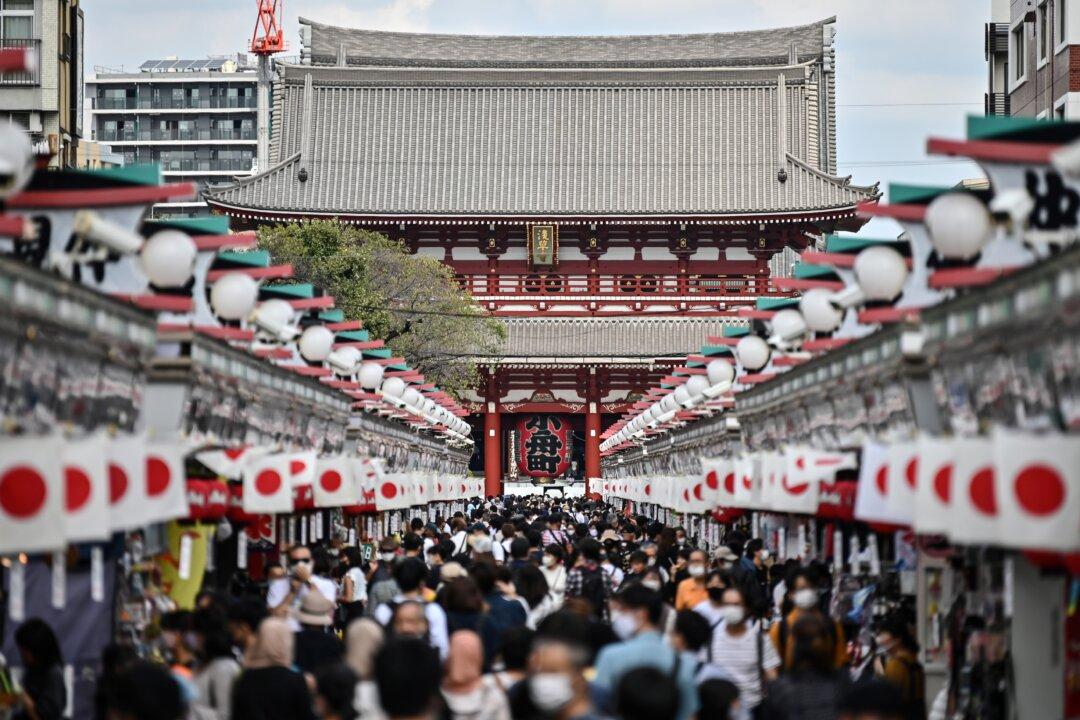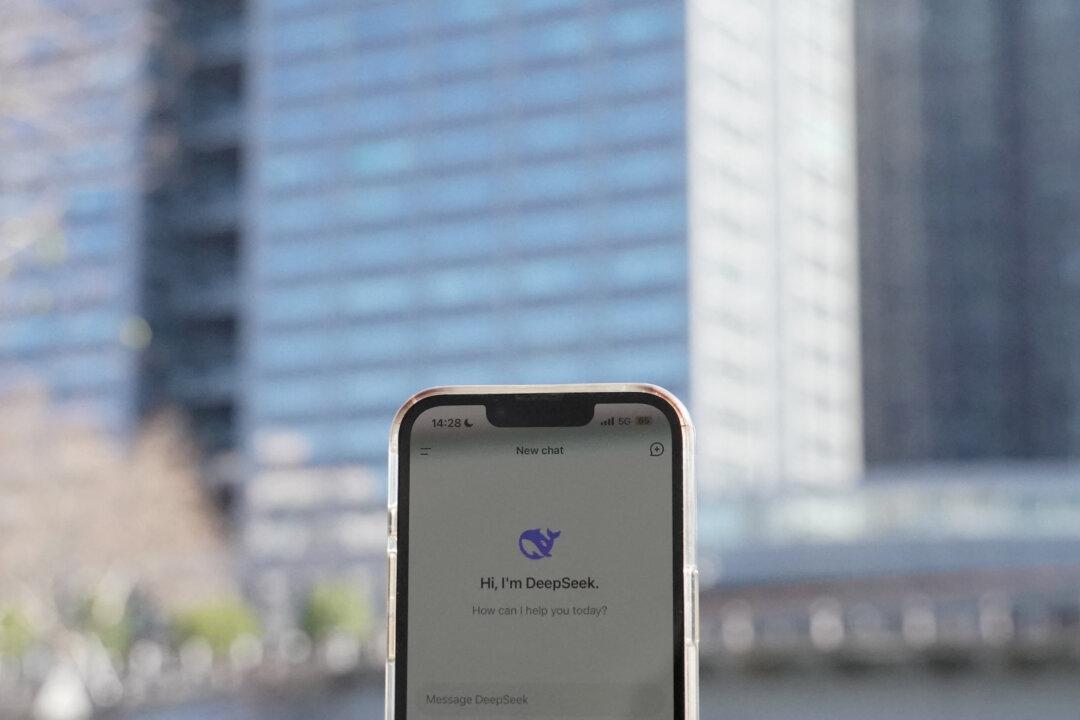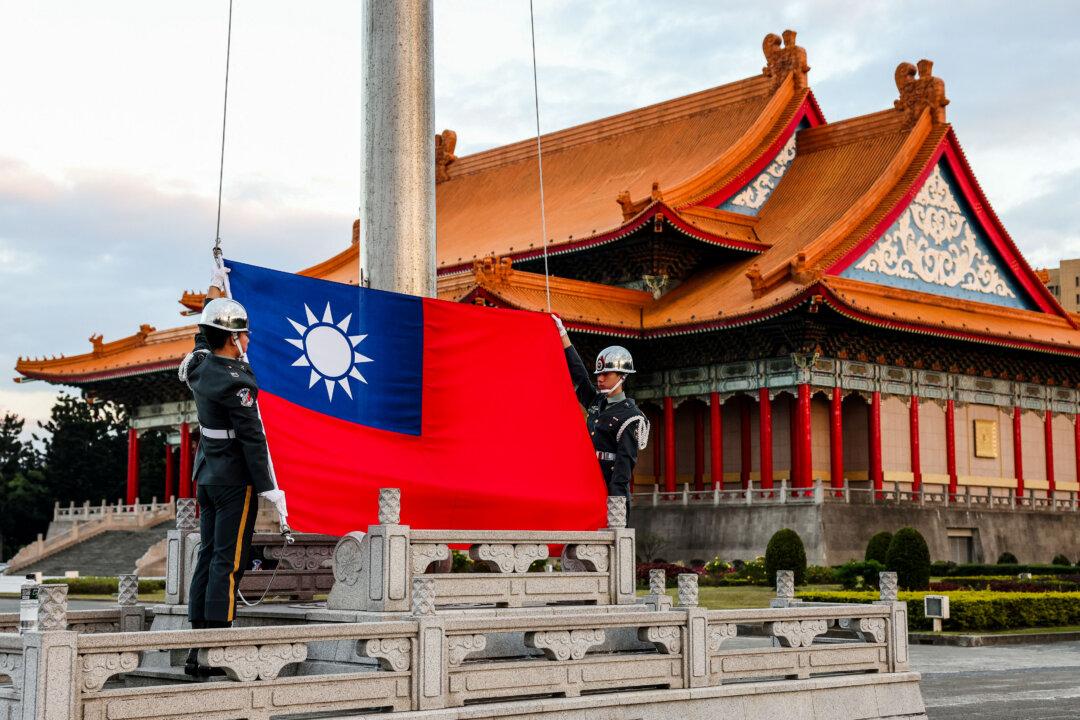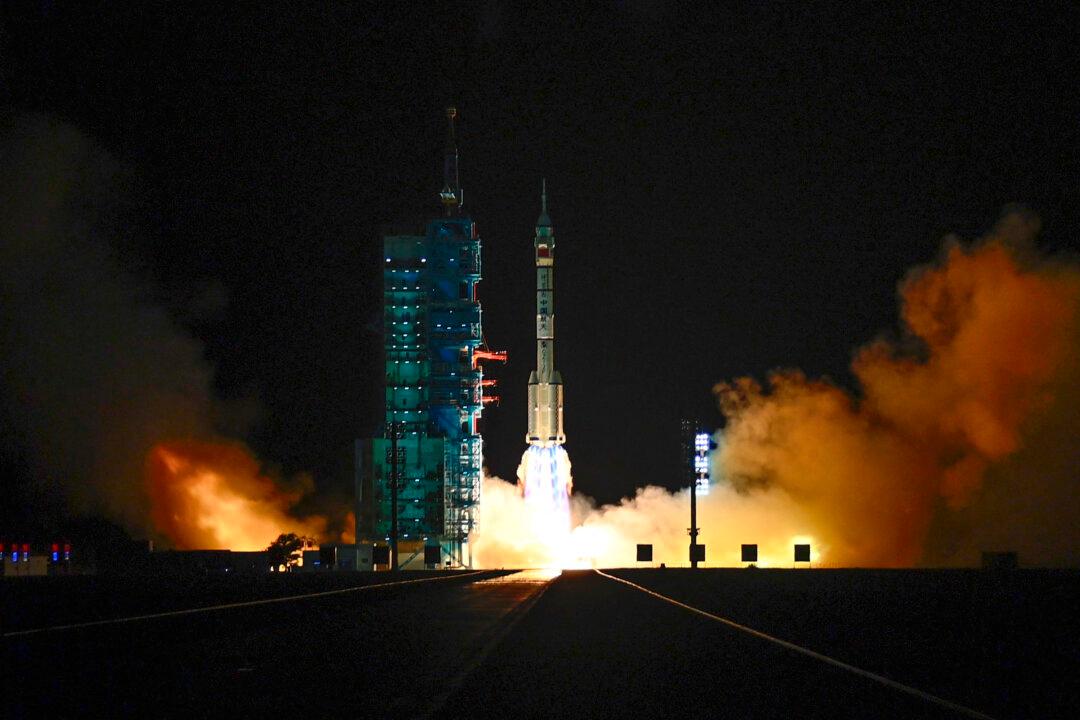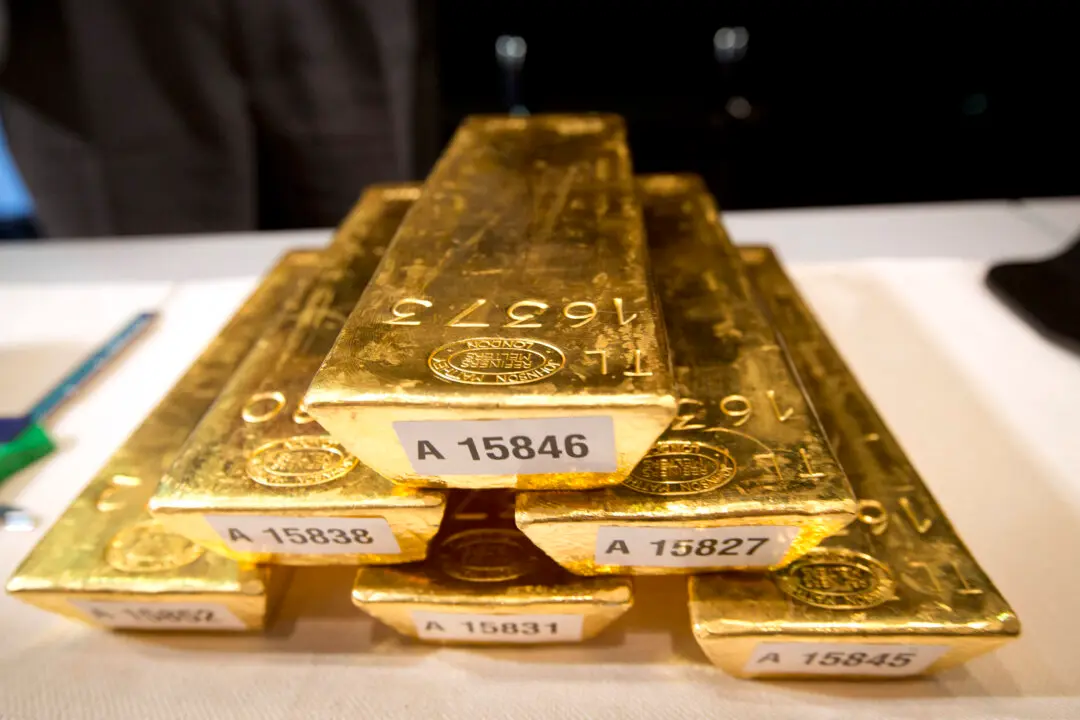In the face of an improving economy, a weakening yen, and robust government support for the tourism sector, Japan has witnessed a surge in specialized tourism projects, including medical and cultural experience tours. These initiatives have successfully attracted a substantial number of visitors, bringing tourism numbers back to pre-pandemic levels.
Despite this overall success, there has been a notable decline in tourists from China, nearly halving in number. Experts have delved into this phenomenon, shedding light on the unique consumption patterns of Chinese tourists in Japan.
